Horațiu Lipot (b. 1989) is a curator currently working as the director of the exhibition program at IOMO gallery in Bucharest. He was the coordinator for the exhibition projects at Atelier 35 space during 2019 – 2021, and previously, since 2017, he has been coordinating the Witte Gallery program in Ulft, The Netherlands. There, he also organized the Romanian pavilion for the 26th edition of the Huntenkunst art fair in 2018. He also collaborates with other independent or alternative spaces, as well as with other galleries in local centers. The following interview discusses the various exhibition contexts Lipot has coordinated, as well as the challenges that came with them.
Why did you choose to become a curator? How was your career after you finished your studies at the National University of Arts in Bucharest?
I don’t think I chose it. It all happened somewhat organically. I chose my studies not as something definitive in what I then saw as my career path, but as something complementary. To be honest, I saw myself being active in a different area, one adjacent to visual and performance art, which would not require a kind of programmatic, routine practice, so to say, but could be spontaneous and speculative. So, I imagined back then that the field of art could be complementary to that. What changed is that I started to believe in art’s function, its ability to produce beneficial (and quite necessary) social change, maybe not always through direct means, but through its power to assemble and open up a new territory of possibility in and for the world. This is why I’m saying that we met organically.
As for my career, in my second year at university I started working for an auction house, where I stayed for almost 6 years, and then for almost four years I have been working in galleries and art institutions.
Tell us more about the six years you spent working at Artmark. What is it like working at an auction house and how did it influence your curatorial activity?
For almost six years I worked in most vital departments of this auction house. In consignment, which takes care of bringing artworks into auction, as well as in sales and research. It can be a useful experience, given the sheer number of works that pass through your hands. I have often argued that an expert at an auction house is privileged even compared to a museographer, for instance, as the artistic products that the auction house expert has the chance to examine is not limited to what we call masterpieces, but also includes studies, sketches, early or mannerist works; I think even fakes can help you get a better picture of a given artist. Besides, just think that more than 3000 artworks can pass through your hands in a year. In can say that in the context of modern art, mostly represented on the secondary art market in Romania – where, I would add, the criticism and historiography are at least deficient and retrograde – you get to accumulate some pretty solid knowledge.
I can’t say I see anything concrete here, as far as influences of my current activity go. Perhaps it was a reaction, as the more time I spent there the more I wanted to escape the system that promotes artistic production through its artifact, seen as a commodity, usually identified through an inventory number and documented in an Excel table.
What challenges did you face at the Huntenkunst art fair in Ulft, the Netherlands?
Huntenkunst is an art event in the format of a fair that has been organized every year since 1992. There are pavilions showcasing artists as well as a central section dedicated to a different country every year. In 2018, for the 26th edition, this was dedicated to Romania, and I had the opportunity of organizing the central exhibition together with artists Andreea Albani, Alina Buga, Adrian Dică, Diana Manole, Daniel Roşca, Sorin Maxim, and Victoria Zidaru. The selection was made together with Huntenkunst’s organizational committee from over submitted 40 portfolios. At that edition there were an additional 200 artists present from 30 countries.
As far as the organization is concerned, there was one moment that would have been hilarious if it hadn’t been quite serious. It seemed like dealbreaker to me back then. The organizers made a promotional video for the selected artists without consulting us. They made it and then released it out into the world. They simply put together pictures of the artists together with the selected works, with a soundtrack of traditional folk music, and not even the good kind. It was, really, a standardized stereotype, no different from what certain institutes choose to promote under the term “national culture.” Additionally, in their press releases, a guest artist’s name was slightly misspelled. The artist in question later refused to participate.
Logistically, there weren’t many major challenges. I was somewhat familiar with the area, having collaborated with a local gallery, so everything went smoothly, without incident or delay. In the end it was a successful event that was promoted in the local press and enjoyed the participation of an official diplomatic mission from Romania.
You lived abroad for a while. What made you return to Romania?
I couldn’t really place this question within objective and precise coordinates, so I will answer evasively: I don’t think I could go on to live abroad indefinitely in the near future, except in a professional context.
You just finished a 2-year curatorial program at Atelier 35 in Bucharest, where you organized both exhibitions with traditional artists (painting) and exhibitions of supercontemporary art. The artists you work with vary widely in terms of age and background, and you often offer up the space to lesser-known names from the art scene. What are your criteria when you approach the artists you curate and what is your relationship with them?
I think that the role I represent through my position is firstly that of a mediator between artistic production and the public – which can be specialized or non-specialized, individual or institutional – which forms the soft edges of a hard-to-define system, bookishly referred to as the art world. In this context, I believe the best reflex one can develop is dissociation, by which I mean ignoring certain subjective drives, with the purpose of identifying and promoting relevant instances for the – chosen or given – political context. In my program at Atelier 35, I was interested in certain artistic typologies that focus on the experience they produce rather than on the artistic artifact; these are circumstantial reflexes analogous to the transformations that take place in the capitalist society of the hypermodern economy.
As for the exhibitions that you call traditional, in terms of their medium, namely painting, I tried to translate them in the same key. For instance, the only exhibition where only paintings (in oil on wood) were exhibited, Les fables de la Nuit, featuring artist Gabriel Stoian, was lit only by candlelight and lamplight during the opening. That was early this year, and I still felt the restrictions of 2020, caused by the pandemic, as a return to intimacy, to situations taking place in humble, common spaces, like one’s kitchen or living room. Small everyday invasions lacking history.
Besides this general aspect of the experiential as a property of the aestheticization of capitalist economy, I am methodically interested in working with artist that are at the cusp of establishing themselves or have just done it, who are just now forming both their style and the conceptual framework that they will develop and perform in later years.
Ideally, when I bring up the topic of an exhibition with someone, I like there to be a few months until its actual realization, during which time it is essential for me to have all the small face-to-face conversations, or the informal chats, that can change the initial framework. In many cases these discussions don’t even need to have anything to do with the exhibition or with the artist’s production, but they are vital for me in getting a proper picture of the information the artist wants to convey and the means they want to use. In creating the exhibition proper, I try to involve the artist or artists I am working with in all the segments that go into it. I always discuss things with every party involved, especially the title, poster, and curatorial text, before going public. That is why I mark my exhibitions as directed by, instead of curated by (curatoriat de), a term which I feel has never been clearly defined in Romania, and which generally has a certain weight and distance that I find clashes with the current context of increasingly free and unmediated changes. Look, when I wrote the word “curatorial” in Word, it got underlined in red, as the program does not recognize this word in Romanian.
In terms of my informal relations with artists, I think that, to generalize, in most cases we met on professional terms, only to then come to build a friendship or a relationship of constant, disinterested exchange.
You also curated the first exhibition at IOMO gallery, the new space of Combinatul Fondului Plastic, a successful event that drew many visitors at the opening. What are you planning for this new space?
I am actively involved in and, I’d like to add, enthusiastic for this project towards which I will focus most of my energy this coming period, from the position of exhibition program director, or artistic director, if you wish.
In putting together the program we decided to not represent artists exclusively in the first year. Or program is built from group shows mostly from the aforementioned individuals, counterbalanced by inserts and individual exhibitions of consecrated artists in the field of contemporary art. The gallery’s mid- and long-term mission is to also become active in an institutional or international art fair context, so we are looking to collaborate with artists from outside Romania or to rediscover Romanian artists who were active in the past decades.
At the same time, on the level of artistic production, we wish both to promote new works and to create an exhibition context for recent artworks which have been relevant in the last few years in local centers or in the diaspora and which have not yet been exhibited in Bucharest.
How do you relate to the various spaces in which you work? For example, Atelier 35 and IOMO are very different spaces if we think of their locations or their respective urban surroundings, public access, etc. How do these issues influence your curatorial direction?
Yes, I would say those spaces are polar opposites, both in terms of concrete and organizational framework. One is closer to an organic direction, often reactionary relative to authority, while the other tends to present itself as an evaluator and promoter of the artistic production right as it crystallizes. One tends towards the workshop and the other towards a future museum, to simplify. But, for me, the stakes lie in creating a hybrid between the two.
In a white-cube-type space, any artifact placed in the uniform light and walls tends to have its history and intervention cancelled. The artifact becomes somewhat autonomous, or even comes to simulate the objective coldness one sees in a packaged product. I believe that in this context, reminiscent also of my experience at the auction house and of art seen as a commodity to be admired (whose value is uncontested), what I want the most to be able to do through the works I choose and the exhibitions I promote is to use the object to break this purported border (or distance) between viewer and artist, with the purpose of making the two parties become agents with participatory narratives.
I also most often choose to intervene in the exhibition design with elements of decor that are convergent with the chosen theme. They can be in situ interventions, in the exhibition space or, at times, in the standard materials and products offered at the opening. I see them as elements that can be formative and integral to the experiential context. I remember, for example, Bandi Sasha Robert’s performance titled Pavor Nocturn, organized at Atelier 35, where, in addition to the standard water, wine, and beer, we had bottles of holy water and bags of sniffing glue. Guess which ran out first?
What other projects do you have outside of your curatorial work?
From the middle of last year I began a collaboration with a local publishing house. We want to promote a collection of contemporary art criticism and historiography in the near future. We are also in the advanced stages of translating two essential books in the field for the first time. I will be able to give more details once the publishing house is officially inaugurated.
Translated by Rareș Grozea
POSTED BY
Marina Oprea
Marina Oprea (b.1989) lives and works in Bucharest and is the current editor of the online edition of Revista ARTA. She graduated The National University of Fine Arts in Bucharest, with a background i...
marinaoprea.com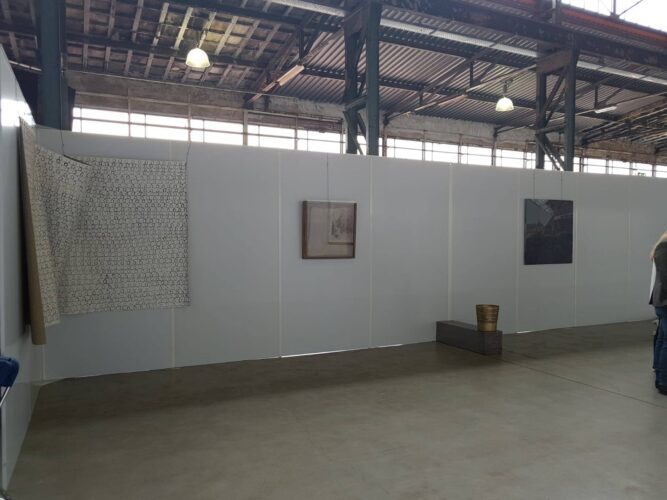
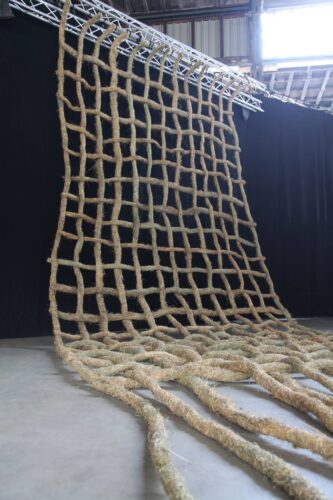
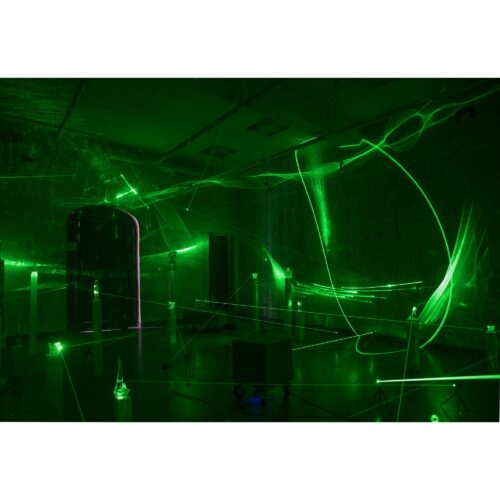
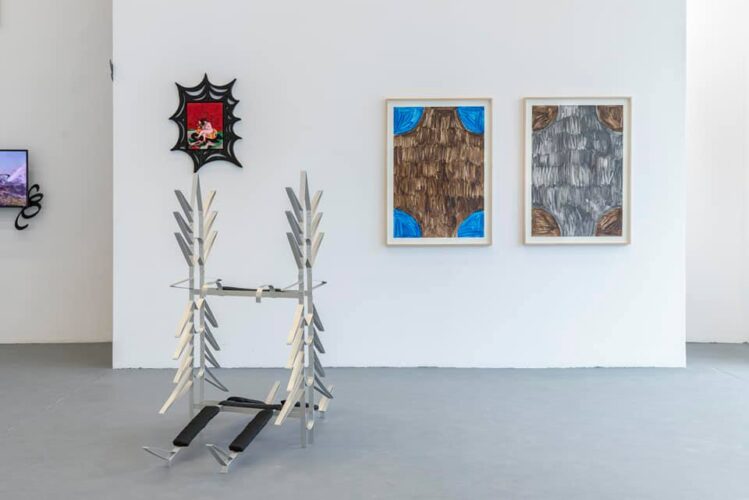
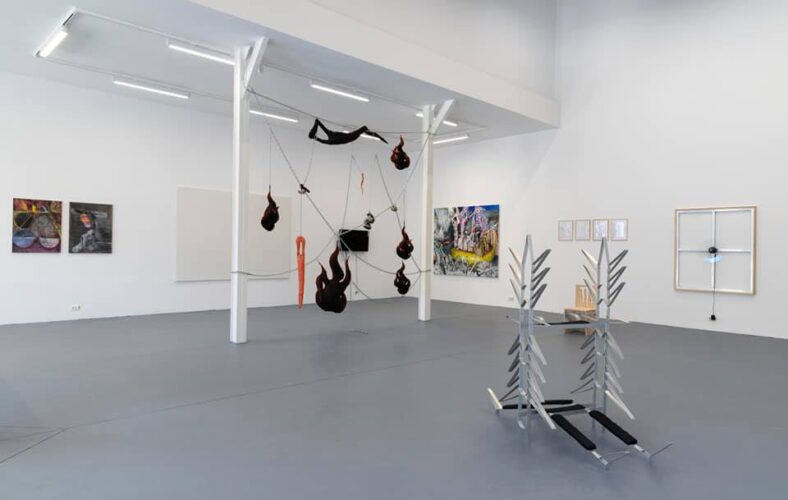
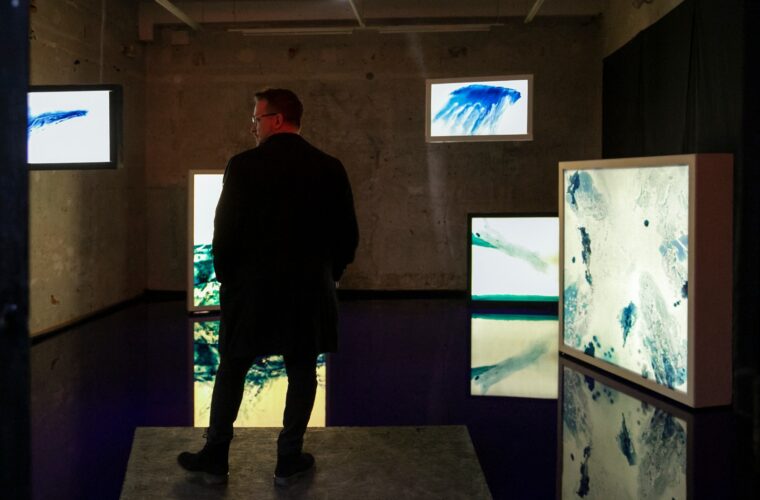
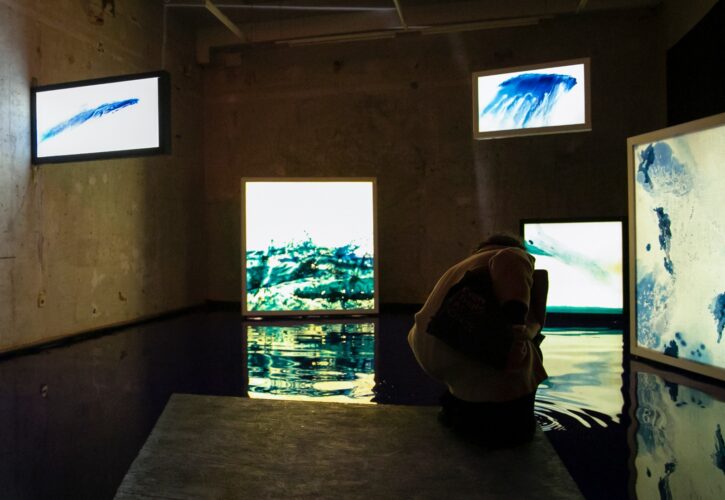
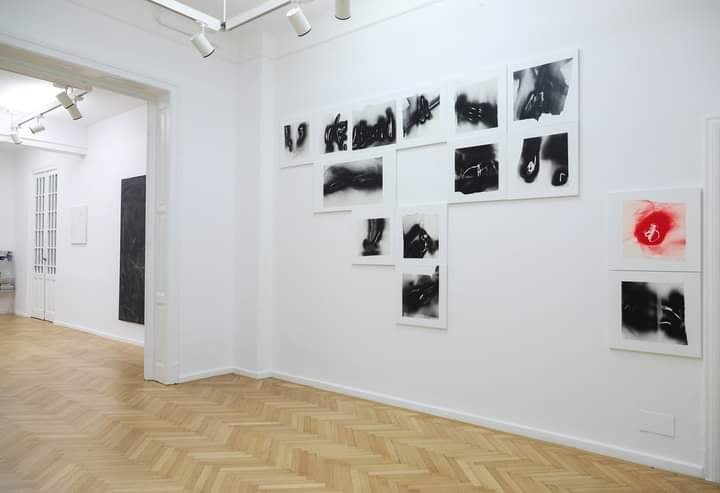
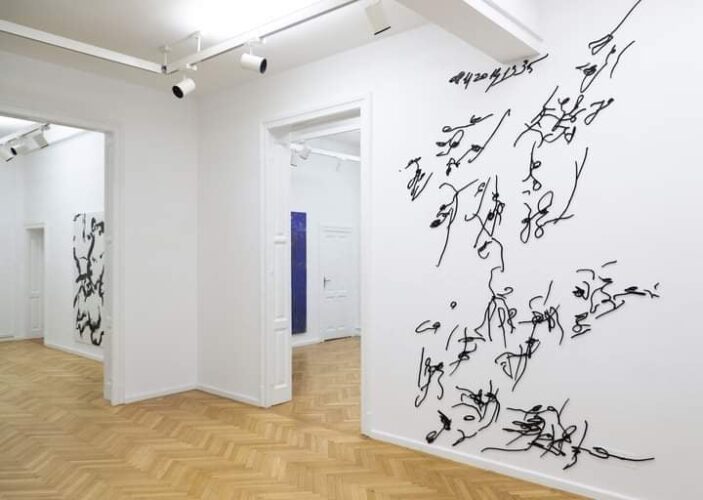
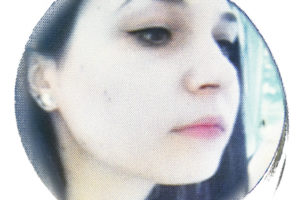
Comments are closed here.